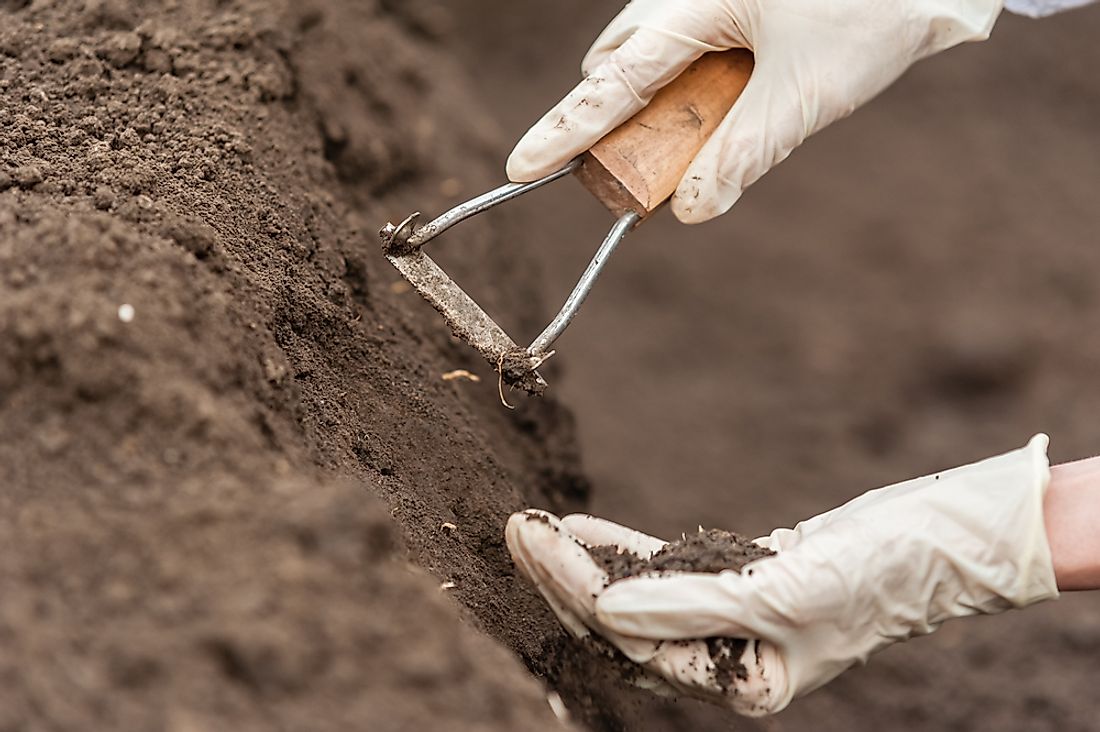What is Soil Science?

Soil science is the study of the properties of soil on the Earth’s surface including classification of soil, soil formation, and mapping. It also involves the utilization of soil and soil management. Soil science consists of two divisions: pedology and edaphology. Pedology includes the chemistry of soil formation, its classification, and morphology. Edaphology, on the other hand, is the study of soil effects on living organisms, especially plants. Many professionals have been associated with the field of soil science. They include microbiologists, archaeologists, chemists, engineers, and physical geographers among others.
Branches of Soil Science
Soil forms part of the pedosphere (on the Earth’s crust). The main branches of soil science as indicated above are edaphology and pedology. Both divisions address soil physics, chemistry, and biology. The pedosphere experiences numerous contacts with the atmosphere, biosphere, and hydrosphere. The interactions make soil science a very integrated and broad field of study in science.
Soil Classification
Soil classification is the arrangement of soil into different classes regarding similarity in characteristics and behavior. For example, to classify soil in terms of mechanical properties, permeability, strength, and stiffness will be measured. The primary features of soil will take into consideration the size and shape of soil structure, grains, and composition.
Soil Formation
The process of forming soil is known as pedogenesis. The initial composition of soil begins from the “parent material” (rocks) which is either below or above the ground level. Several climatic conditions play essential roles in the rate and formation of soil. The rocks wear out over time if blown away by wind or transported by flowing water or glaciers and eventually separate to form layers. Water washing apart exposed soil particles can be in the form of rainfall or flowing rivers. Rainfall water washes away topsoil in a process known as erosion. Flowing rivers, on the other hand, transport particles of soil. Organisms such as earthworms play a role in soil formation by opening spaces in the earth crust known as pores and decomposes it in the process.
Soil Morphology
Soil morphology is a branch of soil science that describes the physical (observational) attributes of soil and its type on the soil horizons using internationally recognized means. In the past, the soil was described as heavy or light, sandy, saline, dry or moist, marshy, soft or compact, stony or sedimentary. Description of soil and its properties involves evaluating soil pH, texture, roots and pores, color, structure, effervescence, and much more.
Importance of Soil Science
Soil science has played a significant role in the agricultural development sector, especially in Sub-Saharan Africa. The study of soil has managed to provide for human needs such as food production, which solely depends on the soil. The ultimate goal of studying soil science is to provide knowledge and sufficient information on soil formation and management for crop production. Another significant importance of soil science is to know the role of soil in the storage of water. Soil science enables one to understand the purposes of micro and macro organisms in the soil.











